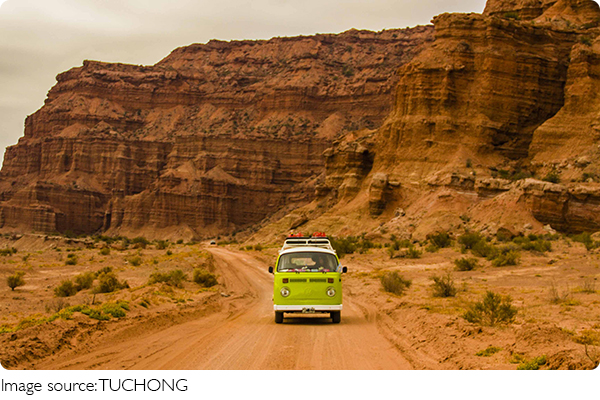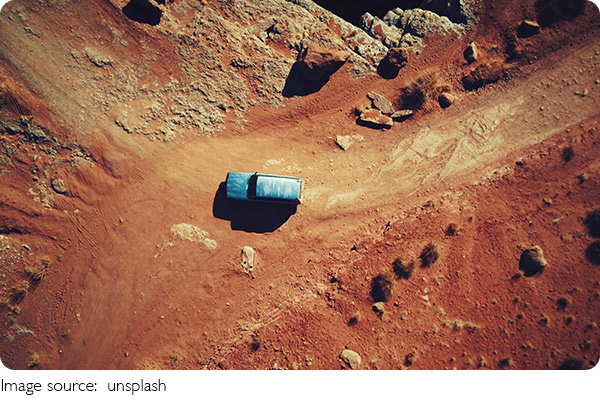Master Off-Road Driving

Off-road driving offers an adrenaline-pumping adventure, whether you’re navigating through rocky trails, sandy dunes, or muddy tracks.
However, this thrilling experience requires skill, the right equipment, and a safety-first mindset. Here’s a guide to help you tackle the off-road world like a pro.
1. Know Your Vehicle
Understanding your vehicle’s capabilities and limitations is crucial. Learn about your car's ground clearance, traction systems, and low-range gears if equipped. SUVs and 4x4 vehicles generally perform better off-road, but each vehicle type has unique features that suit specific terrains.
2. Check Your Equipment
Ensure your vehicle is in top condition. Inspect tire pressure, oil, and fluid levels, and secure any loose parts. Invest in off-road tires for better traction and consider bringing recovery gear like tow straps, a winch, or a high-lift jack.
3. Lower Tire Pressure
Deflating tires slightly increases the surface area, providing better traction on sand or soft surfaces. Just remember to re-inflate them when back on paved roads to avoid tire damage.
4. Use Four-Wheel Drive
Engage four-wheel drive before entering challenging terrain. This setting distributes power evenly across all four wheels, improving traction and handling. Low-range gearing helps maintain control when navigating steep inclines or rocky paths.
5. Approach Obstacles Slowly
Maintain a steady, controlled speed when crossing rocks, deep ruts, or water. Don’t rush, as this could damage the vehicle or lead to getting stuck. For water crossings, check the depth first and drive slowly to prevent water from damaging the engine.
6. Master Hill Climbs and Descents
When ascending hills, accelerate gradually without shifting gears mid-climb. If you lose traction, back down slowly. On descents, use engine braking (low gear) to control your speed and avoid harsh braking.
7. Avoid Spinning Tires
If you get stuck, resist the urge to rev the engine, as spinning tires dig deeper. Instead, try rocking the vehicle back and forth or use traction aids like sand ladders or wooden planks.
8. Never Go Alone
Always off-road with a buddy or in a group. If something goes wrong, having someone nearby can make a difference. Carry communication devices in case of emergency, especially in remote areas.
9. Leave No Trace
Respect nature and avoid creating new trails. Stick to designated paths to protect the environment and minimize your impact on fragile ecosystems.

Off-roading can be an exhilarating escape into the wild, but preparation and awareness are key. So, Lykkers, follow these tips to ensure a fun, safe, and responsible off-road adventure, turning every outing into a memorable experience!
5 SIMPLE TIPS EVERY 4WDer SHOULD KNOW
Video by Ronny Dahl

 · Vehicle Team
· Vehicle Team